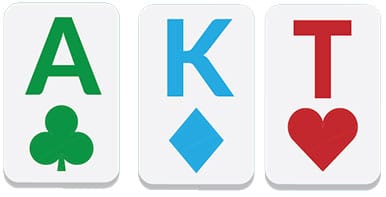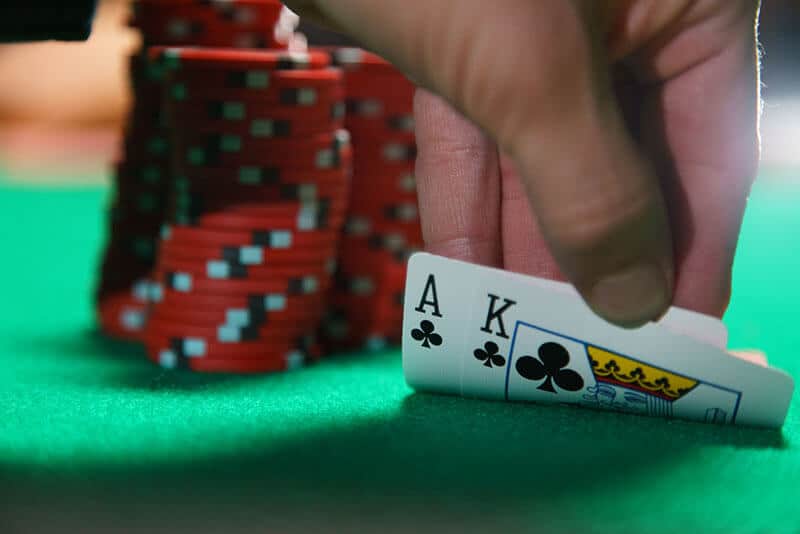
Like a lot of weak players, one of the hapless souls would donk bet the flop for a small amount with a weak hand “to find out where he was at.” Using this stratagem he got the inevitable answer from Lily: “You are behind.” He would end up folding by the river. The problem is, I highly suspect Lily was lying to him.
Other times, when she wanted to get paid for a value hand, she would get paid. It was really quite beautiful to watch — like appreciating the fine brushstrokes of a beautiful painting. I tried to explain this to my student. I did not realize he got the wrong takeaway from these hands though.
The things I was seeing that made this player weak included: limp-calling pre-flop, donk betting weak for information, check-calling with hopeless kicker problems. These are all very typical problems that should be exploited. Lily was doing just that, in the right spots.
Beware Weak Players Showing Strength
There is another side to this coin, the opposite of weakness. When this Villain is betting and raising he is going to have a hand. Because his pre-flop range is so fractured between “limping hands” and “raising hands” it is easy to range him when he has a very rare raising hand. I would not be surprised if the raising range was exactly [QQ+, AK].
When this Villain raised over two limpers from early MP, this showed considerable strength. My student called on the Button with AQs. Given the nitty raising range of this Villain over a long session, I would not have argued with Hero for just folding. I can see Christian Soto rolling his eyes at this idea, but there really are players this predictable. When weak players show strength, you need to really take notice and these kinds of exploitative folds are possible.
Somehow a blind and both of the limpers found their way to a five way flop:

This is where things really went off the rails for my student. It checked to the original raiser and Villain bet $90 into the $100 pot. Effective stacks were $1000 around the table. This is a big bet into a huge field on a board that absolutely smashes Villain’s range (even if the range is wider than the comically tight range I mentioned). This Villain is just not capable of getting very far out of line. Our Hero holds top pair top kicker and it is nearly worthless.
Unfortunately in heat of battle, he decided to “attack the weak player” so he raised. Not surprisingly this cleared out the field and was snap called by Villain. The turn was a brick, Villain checked and Hero fired half pot, then got check-raised all in. When Hero tank called I said “we need a Jack, bro.” It did not come and our top pair top kicker was crushed to the top two from Villain.
It is an important lesson: attack weak players that exhibit weakness, but beware the weak players that show strength. This Villain showed strength pre (where he normally shows weakness by limping) then showed strength on the flop continuing big into a big field. Finally the Villain check-raised all-in. These are strong moves from a player that does not make strong moves. Respect them and attack him when he shows weakness instead.


Good stuff Doug and I totally agree. A lot of people fail to see the difference between when a rec player is just “seeing where he is at” and when he has the nuts. This article explains that well!
Yeah, nice article. You’ve to got to give a lot of credit to a weak passive player when he comes out firing.